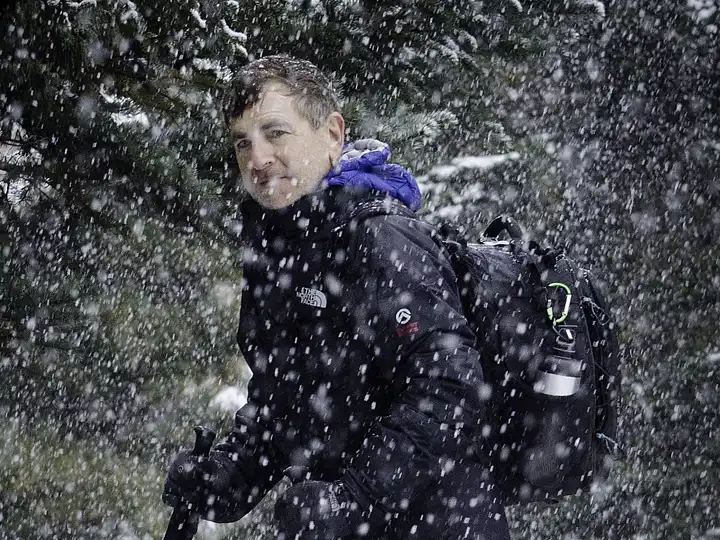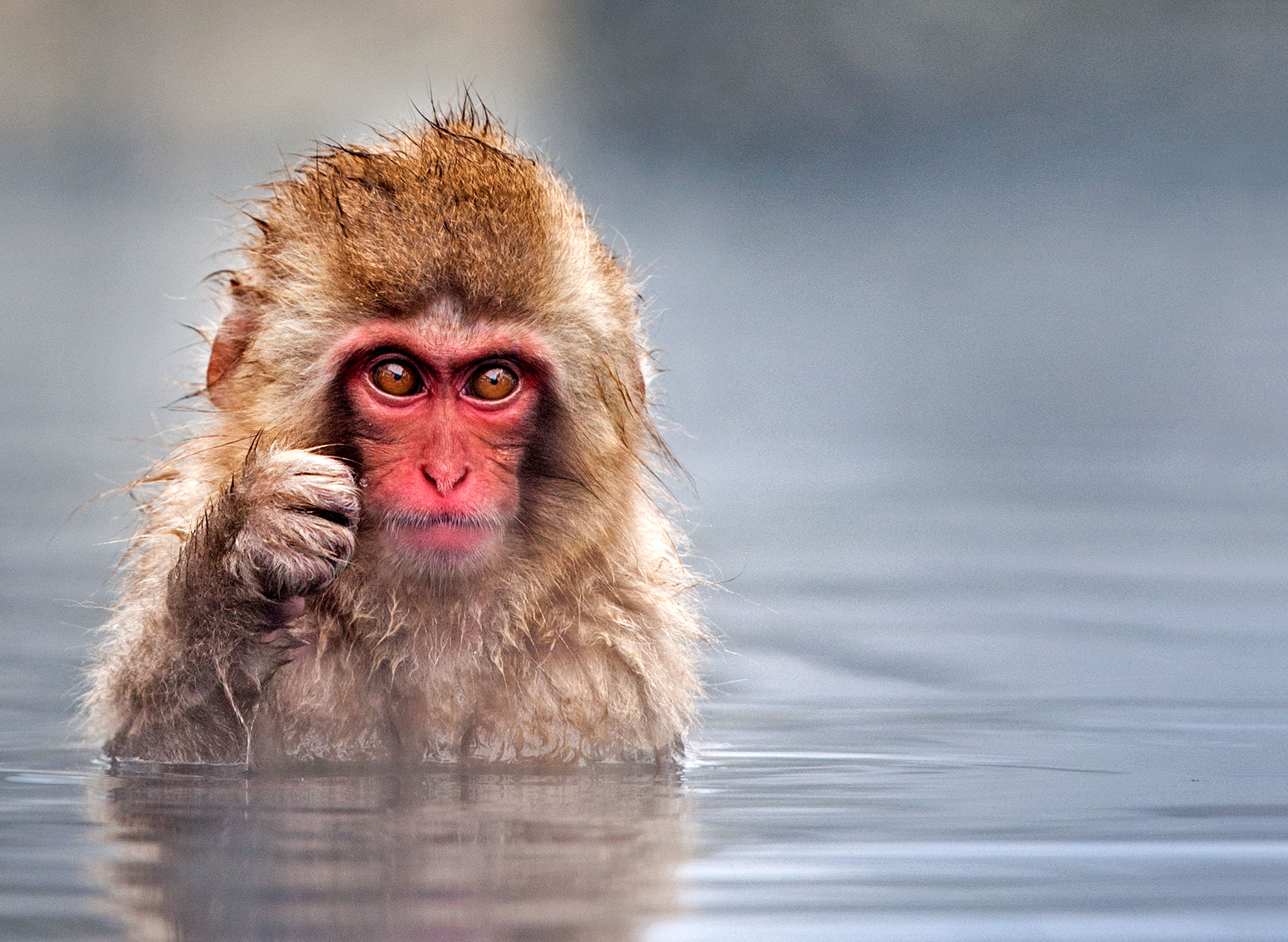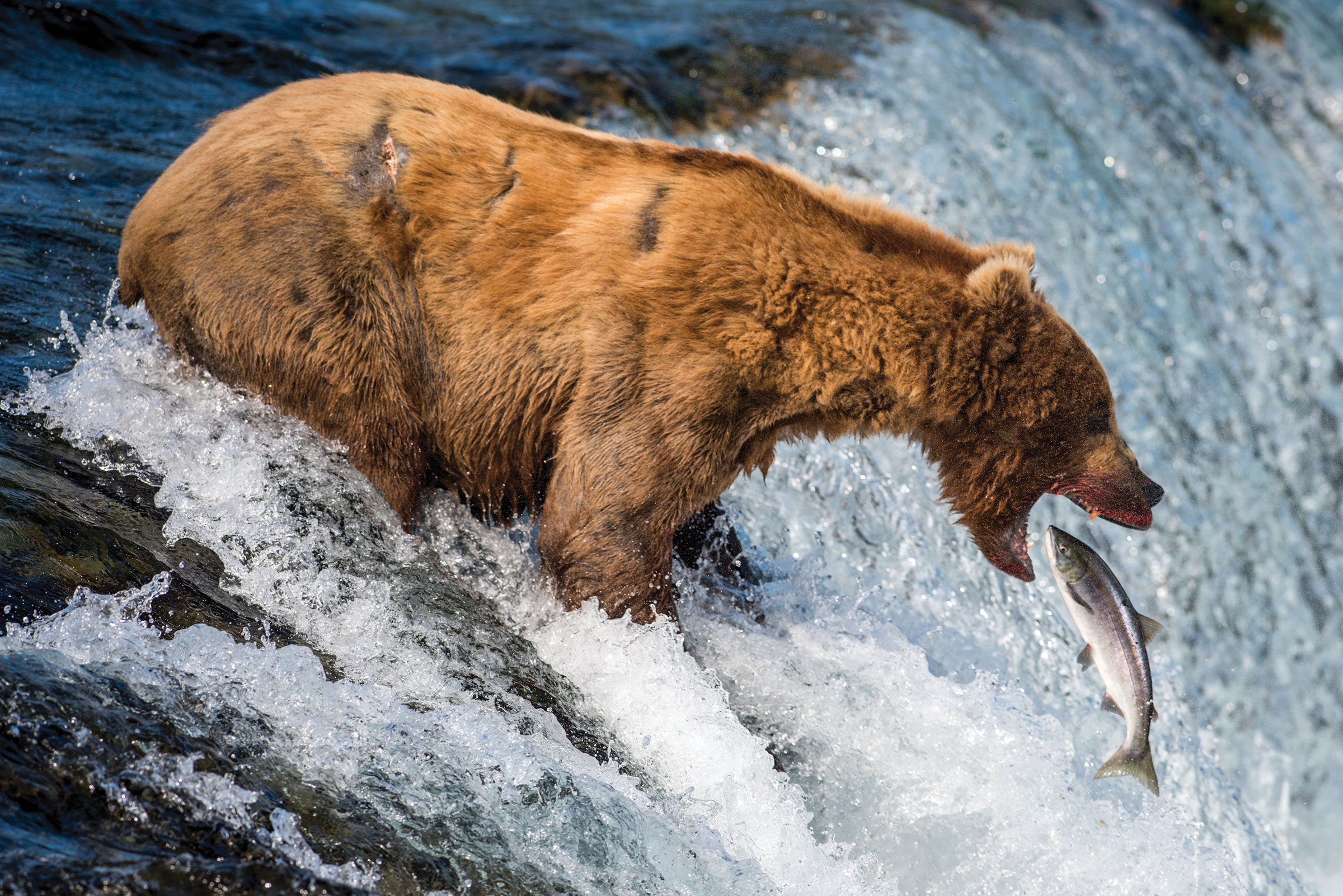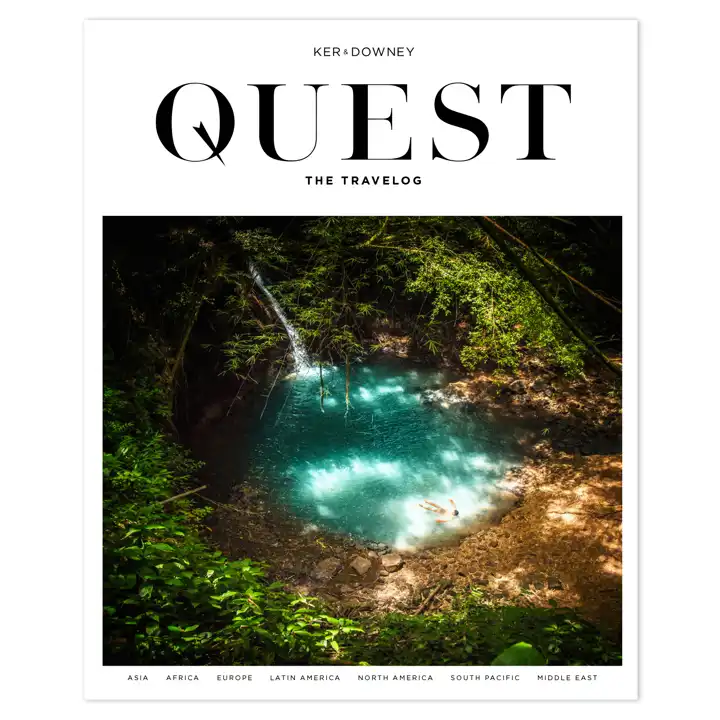Picture Perfect
How to Photograph Animals

An Interview with Mark Edward Harris
Award-winning photographer and QUEST contributor Mark Edward Harris has traveled to 98 countries and six continents, capturing images of elusive, wild creatures at their most serene and spontaneous. Here, he shares how to photograph animals and get the best photo, whatever your skills.
QUEST: Where are the best places on Earth you’ve taken pictures of wildlife?
Mark Edward Harris: Japan is fantastic for its red-crowned cranes in Hokkaido and snow monkeys in Nagano Prefecture in winter. Alaska is amazing for bears catching salmon trying to make their way upstream on the Brooks River in mid-summer. The Arctic and the area around Churchill are incredible for their polar bears. Trekking to photograph gorillas in Rwanda is a very intense and rewarding experience because after a long hike you end up in extremely close proximity to these fellow great apes. Latin America offers everything from whales and other sea life around Baja to parrots in a giant sink hole near Bonito, Brazil. We are so fortunate to live on a planet with so much diversity. We just have to make sure that we take care of it to the best of our abilities.

When traveling somewhere with the intention of photographing wildlife, which pieces of camera equipment are must-haves?
Photographing wildlife is not as much about cameras as it is about lenses. The newest smart phones can take great panoramas and portraits in the right hands, but are not the right tools for wildlife where extreme long lenses are the name of the game. It’s not uncommon to see pros and serious amateurs toting around 400mm to 600mm lenses. These lenses are huge in order to allow enough light in so that a shot can be taken without having to bump up the ISO to a very digital noise-inducing level.
How do you capture an emotional quality in an up-close animal portrait?
One of the main reasons for using extremely long lenses in wildlife photography is to capture an image of an animal in its native environment without disturbing it. If you can photograph their eyes, the viewers can glimpse into the window to the souls. That expression is not just reserved for humans. With fast lenses, meaning a lens that can open to a wide aperture such as f/2.8, we can focus our lenses on their eyes and let the background drop out of focus by using a shallow depth of field. This technique creates an image that helps us connect with the animal before our lens, at least on a visual level. The background in this technique is called “bokeh” — the quality of out of focusness. It comes from the Japanese word “boke.” Less expensive telephoto lenses do not maintain a wide enough aperture to get as powerful a bokeh as the top of the line fast lenses, but the reality is most people do not want to spend $8,000 on a lens that is heavy and cumbersome. It’s a balancing act, and there’s nothing wrong with someone opting to travel with a smaller lens that doesn’t break the bank or the back.
Is capturing a great moment luck or technique?
Most of it comes from experience and a professional approach. First, know the equipment in your hands and gain basic knowledge of photo technique. I cover this in depth in my book, The Travel Photo Essay: Describing a Journey Through Images. I emphasize in my workshops that a photographer who wants to take professional-looking images needs to approach the field just as a person would in any other profession. They need to learn their tools of the trade. When it comes to technique, having a firm grasp of the exposure triangle—shutter speed, aperture and ISO, and how they relate to each other—is a good start.
How do you capture the drama in an action shot?
The keys to capturing the decisive moment in wildlife photography are being in the right place at the right time, and using a fast-enough shutter speed to capture the action. For instance, I used a shutter speed of 1/2000th of a second to freeze the salmon about to be caught by the grizzly above Brooks Falls. For these situations, it’s often best to work in shutter priority.

What tips do you have for shooting up-close?
Macro lenses are the key to photographing all sorts of smaller creatures, from butterflies to tarsiers. It’s a great lens to have in the bag.
Where to next, and what do you hope to capture in an image?
I’m heading to Southeast Asia to continue my series of orangutan portraits. While the future for many species is uncertain, orangutans in the wild are hanging on by a particularly thin vine. Their populations have declined significantly over the past 100 years in large measure due to habitat destruction in their native Sumatra and Borneo where forests give way to palm oil plantations. But palm oil production can be done sustainably without destroying forests and consumers can support these efforts by using products that have a RSPO (Sustainable Palm Oil) label or the Green Palm label, the latter indicating a product in support of the transition to certified palm oil.
Follow Mark Edward Harris:
Instagram: @MarkEdwardHarrisPhoto | Website: www.MarkEdwardHarris.com
Plan your own journey to photograph the world with Ker & Downey. Contact us to start customizing your own trip.

Quest Magazine
Dedicated to the experiential style of Ker & Downey travel, QUEST Magazine features eye-opening content that focuses on unforgettable experience, unheard-of destinations, and the very best our world has to offer. Each issue is packed with insider information, what's new in the world of travel, and editorial pieces that focus on our global culture, philanthropy, and transformative travel.
Read Issue 10